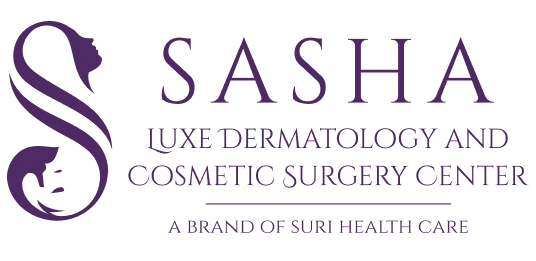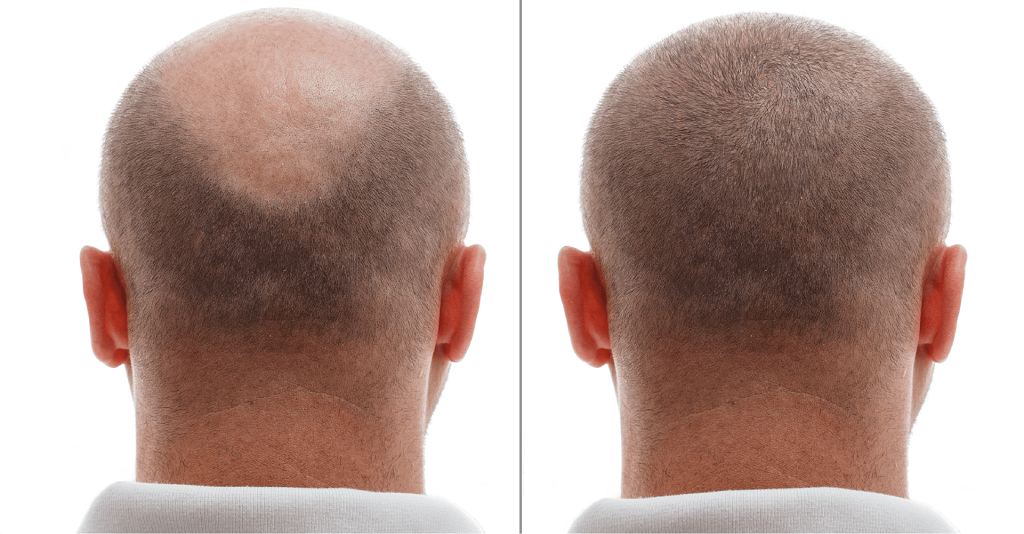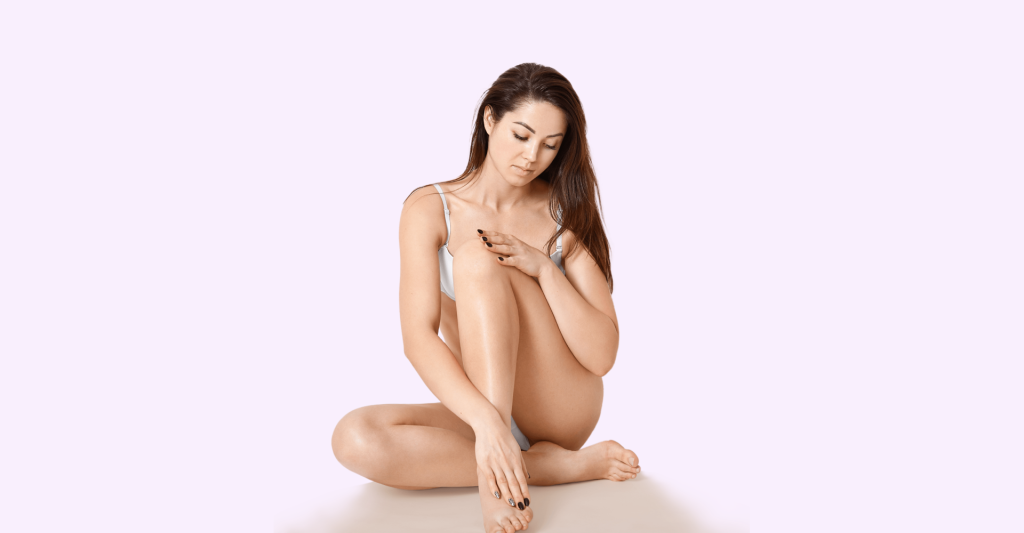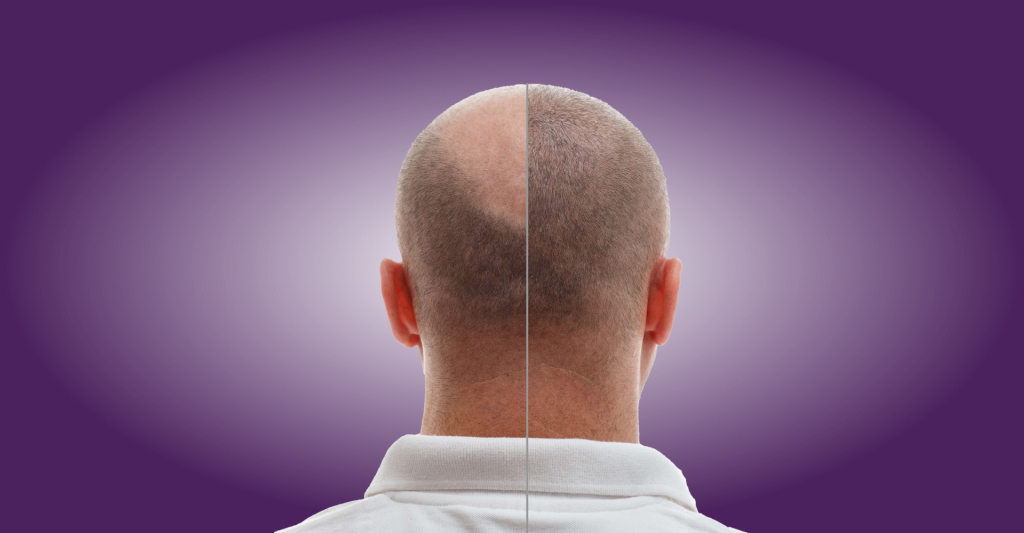Hair loss is a regular aspect of life. It can happen for several reasons and can be permanent in some situations, leaving you with bald patches. If you have irreversible hair loss, don’t worry; it can be treated with an appropriate donor area for a hair transplant.
The efficient implementation of the donor-recipient ratio is the most important component in hair transplantation for male pattern baldness (MPB) patients. However, no recognized factor predicts the standard of progression of alopecia or identifies a permanently safe donor region.
In this blog, we will show you some examples of how our patients’ donor areas heal and what you should be cautious of.
What exactly is a donor area for hair transplants?
The occipital region at the back of the head is the hair transplant donor area. This is the location from which the grafts for the hair transplant are extracted. Grafts are little pieces of scalp extracted from the donor location and used for the transplant. They comprise 1 to 4 hairs, known as hair follicles.
The donor region refers to the hairs on the back and sides that are not impacted by the balding process; stages 1 and 2 of surgery involve operating on the donor area.
Hairs extracted from a donor location are typically resistant to the balding process. When they are moved to a balding or thinning area, they keep their resistance and grow normally.
Hair transplant donor site
The donor location is chosen due to its excellent hair density. Because the rear region (occipital and temples) is not responsive to the hormones that induce hair loss, it is never impacted. The extent of this area, however, varies from person to person. Hair transplant patients will have a part of their hair taken from the donor area and implanted into the bald area. The hair transplanted is genetically engineered not to fall out. However, several measures must be taken for a hair transplant to succeed. The samples must be taken accurately, the follicles must be adequately kept, and the transplantation must be done cautiously.
Donor area after hair transplant
The surgeon wraps the donor area in a bandage to safeguard the donor area after a hair transplant. The bandage is typically worn for 3 to 5 days. Removing the dressing without the surgeon’s approval is not advisable to avoid the risk of infection. In the donor location, little scabs and redness may occur. Scabs are typical and common following a hair transplant.
It is best to follow the surgeon’s advice when treating them. Finally, itching and soreness in the back of the head are conceivable following the surgery. This pain in the donor location is temporary and can be alleviated by taking pain relievers as prescribed by a doctor.
Good donor area for hair transplant
The healthier the hair follicles in the donor location, the easier hair transplantation will be. Before considering any hair transplant, the donor area must be evaluated. A poor appraisal of the donor area is a primary cause of hair transplant failure. This phase must be carried out by a skilled surgeon with extensive experience in hair transplantation. It allows you to note all the donor area’s characteristics and highlight potential impediments to the hair transplant’s success.
If the donor area has enough grafts: In order to achieve the best possible cosmetic effect, the donor area must have enough grafts to protect the recipient area. If not, the patient may end up with an overused and ugly donor area or a donor area that is still too scant.
If the donor location has high-quality grafts, the success rate or success of the hair transplant is not solely determined by quantity. Indeed, good-quality grafts are required to provide an exceptional result. The preliminary study will allow us to identify the graft thickness and the number of hair follicles in the grafts.
Get the best hair transplant in Hyderabad:
Hair transplant has shown proven results in hair restoration, with results lasting for a long time with proper hair care. It’s a surgical procedure that has proven to be more effective than other hair restoration procedures. Though aging affects our hair health, with a certain amount of hair fall happening as people advance in age; however, it doesn’t mean we should undermine a good hair treatment when required. Today, medical technology and procedure advancement has allowed us to look our best at any point in our lives.
So, take the last few steps to meet the doctors at Sasha Luxe and leave the rest in their hands to transform you into a better version of yourself.













